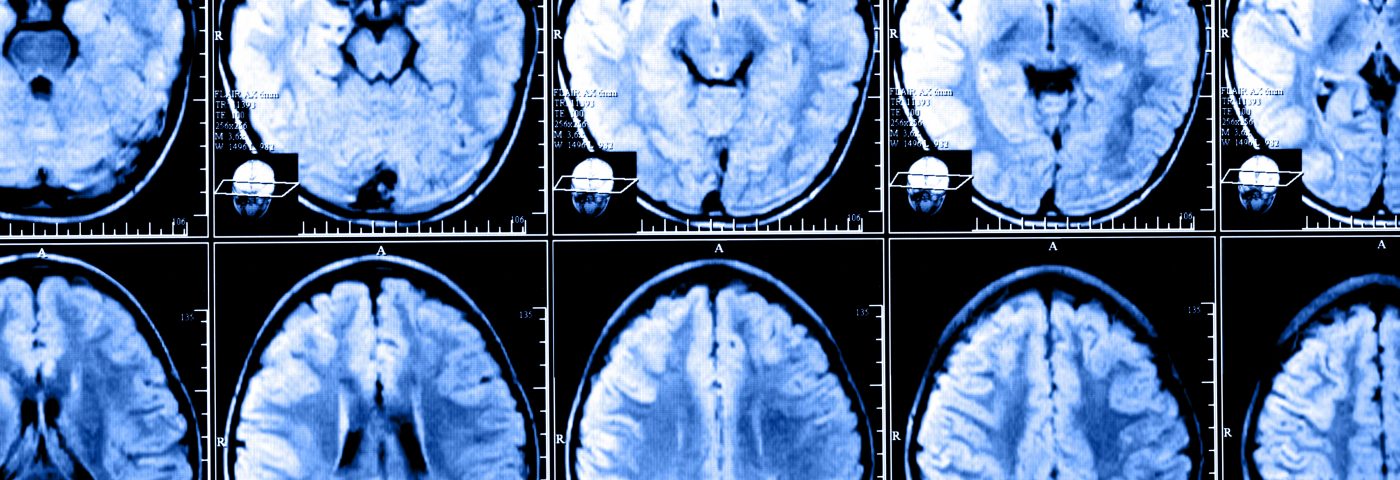Areas of the brain tied to stress and anxiety responses are linked to psychological inflexibility — the inability to pursue goals while being in pain and feeling negative — in people with fibromyalgia, a study reports.
These findings contribute to the understanding of psychological flexibility in the context of fibromyalgia, and open new avenues of research into the role of these specific brain regions in chronic pain.
The study, “The Bed Nucleus of the Stria Terminalis as a Brain Correlate of Psychological Inflexibility in Fibromyalgia,” was published in the Journal of Clinical Medicine.
Cognitive behavioral therapy has been the psychological treatment of choice to manage chronic pain for many years. Despite showing some effectiveness compared to standard treatment, its effects are moderate at best.
An alternative, called Acceptance and Commitment Therapy (ACT), aims to enhance a person’s so-called “psychological flexibility.” That is, the ability to stay in contact with the present moment and pursue values and goals despite pain, and negative thoughts and emotions.
Studies have found that people with fibromyalgia who are psychologically flexible experience lesser pain, anxiety, and depression, and have better physical and mental health. However, studies focused on identifying the specific brain regions responsible for psychological flexibility are lacking.
To investigate which specific brain structures could be associated with psychological flexibility, researchers in Spain analyzed a series of magnetic resonance imaging (MRI) brain scans from 47 women with fibromyalgia.
Psychological flexibility was assessed using the Psychological Inflexibility in Pain Scale (PIPS) questionnaire, in which higher scores indicate more psychological inflexibility to pain. The scale assesses two factors, pain avoidance or not engaging in activities due to pain, and cognitive fusion to pain, which refers to difficulty in distancing oneself from pain-related thoughts.
MRI brain scans were used to measure changes in gray matter volume (GMV) related to PIPS scores, as this region of the brain made up of nerve cell bodies is often investigated in mindfulness studies.
Brain GMV clusters related to PIPS scores were then compared with patients’ clinical variables to explore possible relationships between these brain regions and signs of fibromyalgia symptoms.
Patient clinical data was collected using a series of questionnaires, including the Revised Fibromyalgia Impact Questionnaire (FIQR) to measure the severity and impact of symptoms, the Hospital Anxiety and Depression Scale (HADS), the Perceived Stress Scale (PSS), the Pain Catastrophizing Scale (PCS), the Five Facet Mindfulness Questionnaire (FFMQ), and the Self-Compassion Scale-short form (SCS).
The study was conducted in two parts. In the first part, patients had MRI brain scans before any treatment intervention. In the second part, a group of 30 patients was then given either standard treatment or mindfulness-based stress reduction (MBSR).
Findings showed a significant and positive association between PIPS scores (psychological inflexibility) and GMV in an area of the brain known as the bed nucleus of the stria terminalis (BNST) — an area also called the “extended amygdala,” which is linked to anxiety responses to threats, as well as stress-related psychiatric diseases.
Significant positive associations were also found between BNST and all clinical variables, with the exception of anxiety-related HADS scores.
Further analyses found associations between BNST and several items on the mindfulness questionnaire FFMQ. A positive correlation was seen between BNST and the “observing” portion of FFMQ, while there were negative correlations with “nonjudging,” “nonreacting,” and “act with awareness” portions. A significant association between BNST and self-compassion scores was also found.
After correcting for multiple comparisons, investigators found the BNST clusters were still significantly correlated with depression-related HADS, FIQR (functional impairment), PSS (perceived stress), PCS (pain catastrophizing), and the “nonjudging” portion of FFMQ.
While a comparison between the patient groups given either standard treatment or MBSR found no differences in GMV, BNST, or PIPS scores, those with higher PIPS scores after treatment were also found to have an increase in BNST volume.
“In a sample of patients with FM [fibromyalgia], we observed an association between psychological inflexibility to pain and GMV in a cluster in the ventral part of the BNST,” the scientists said.
“The findings of this study contribute to our understanding on the neurobiological bases of PF [psychological flexibility] and its role in FM and encourage both the incorporation of PF as a core process measure in cross-sectional and clinical trials,” they wrote.
“Further, the novel identification of the importance of BNST in FM and potentially in other chronic painful disorders, may offer new directions to much-needed new therapies for pain,” they added.

